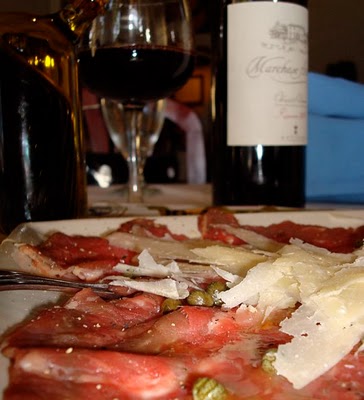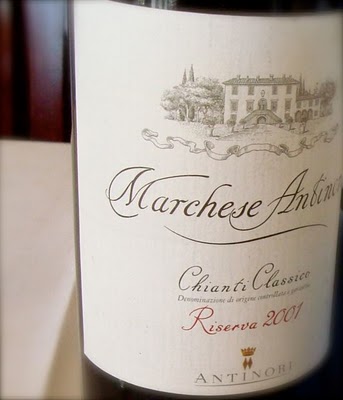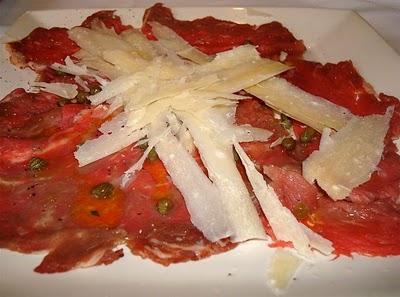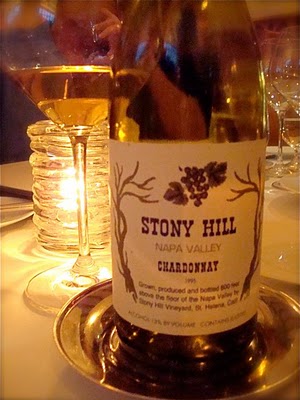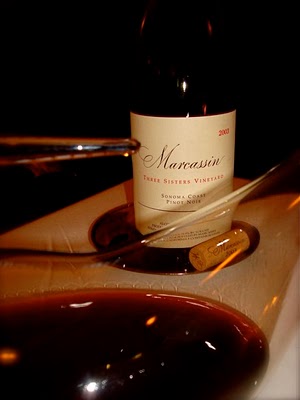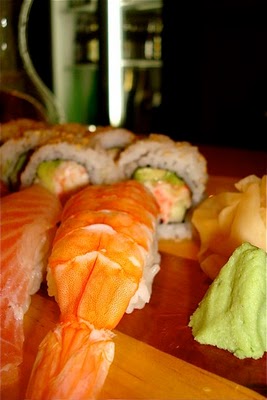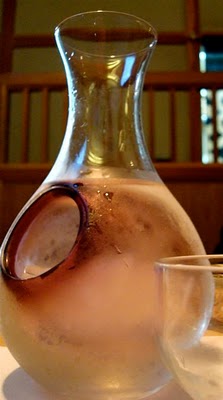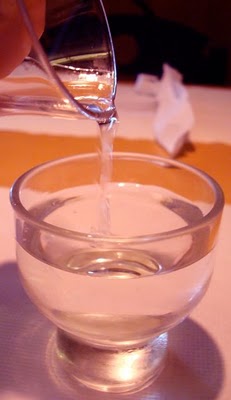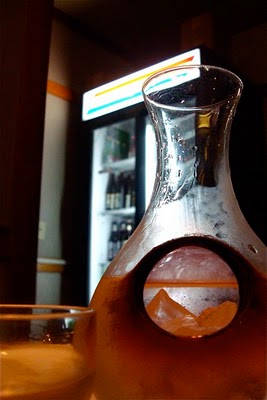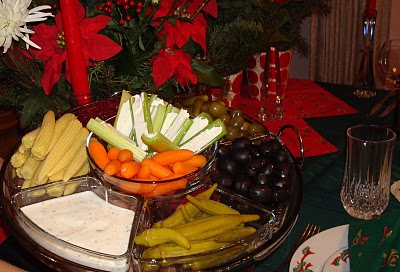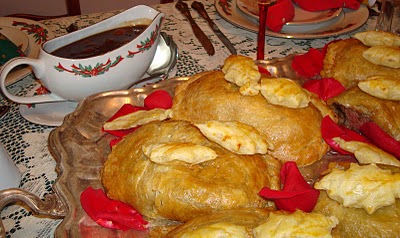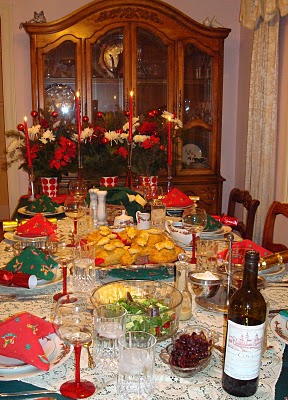Category: Beverages
Wine with Dinner
Helen Turley, one of the world’s most influential winemakers, talks about Marcassin Pinot Noir:
Cold Sake
There are five elements involved in brewing sake – water, rice, technical skill, yeast, and terrior. More than anything else, sake is a result of a brewing process that uses rice and lots of water. For a terrific lesson on all things sake, please visit esake.com.
Château Cos d’Estournel St. Estephe 1982
A 25 Year-Old Bordeaux with Christmas Dinner.
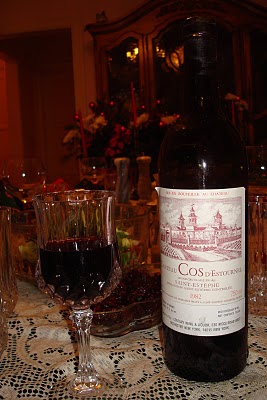
“Just like a novel writer can be the same and yet different through his works, a Grand Cru can express the same style through its different vintages.
Impressive in its youth by the intensity of its structure and the strength of its fruit, the wine of Cos evolves slowly to reach a wonderful melting quality and an aromatic complexity when it comes to complete maturity.
Great vintages of Cos d’Estournel can have an exceptionally long life, sometimes exceeding a hundred years.” Cos website
And an Old-Fashioned Christmas Dinner Menu:
Traditional Relish Tray, that spins 🙂
Beef Wellington with Green Peppercorn Port Wine Demi-Glace
Potatoes with Sour Cream & Horseradish
Carrots, Parsnips & Sweet Potatoes with Butter and Parsley
Steamed Green Beans
Roasted Beets
Eleanor’s Delicious Home-Baked Desserts & Cookies
Served on Virginia’s Christmas China
My Wine Notes:
60% Cabernet Sauvignon 40% Merlot
The cork: in fine shape, just slightly crumbly. Using an ah-so was helpful.
First impression: deep inky-purple color, surprising.
Bouquet: underwhelming.
Taste: austere to begin. But over time of about 3 hours it became more and more intriguing. Smooth with balanced acidity. There was certainly fruit there, but specific fruit flavors were not evident.
Overall: this wine is mature, not flamboyant, elegant, with a lingering finish and surprisingly no sediment. Quite enjoyable.
A special thank you to Lou and Lauren for including me in their family celebration.
Where were you in 1982?
I was working for the old Velvet Turtle Restaurants.
Beef Wellington was one of our signature dishes back then.
SEA SMOKE World-Class Pinot Noir
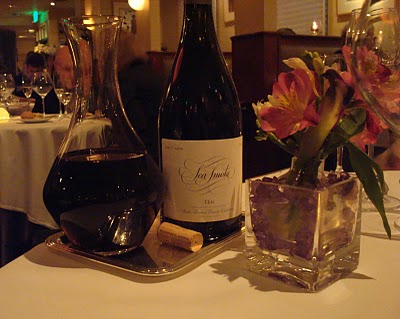
We thoroughly enjoyed a bottle of the rich and elegant Sea Smoke TEN 2005 Pinot Noir at Melisse Restaurant in Santa Monica.
Appellation: Santa Barbara County, Santa Rita Hills.
Named after the afternoon marine fog (sea ‘smoke’).
From their website:
The 2005 Sea Smoke Ten Pinot Noir shows deep extraction and intensity of flavor, maintains good balance across the palate, and culminates in a firm, but velvety finish. Aromas of dark plum, black cherry, currants, as well as cedar and a hint of earthiness are characteristic of this wine.
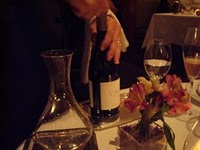
At Sea Smoke we believe that the vineyard is the wine. For this reason, we produce Pinot Noir grown exclusively on our estate vineyard.
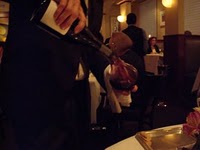
100% Pinot Noir (Ten Clones, from which the wine takes its name)
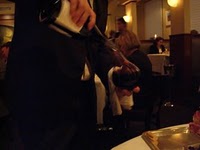
We recommend decanting thirty to sixty minutes prior to drinking, particularly if consumed before 2009.

